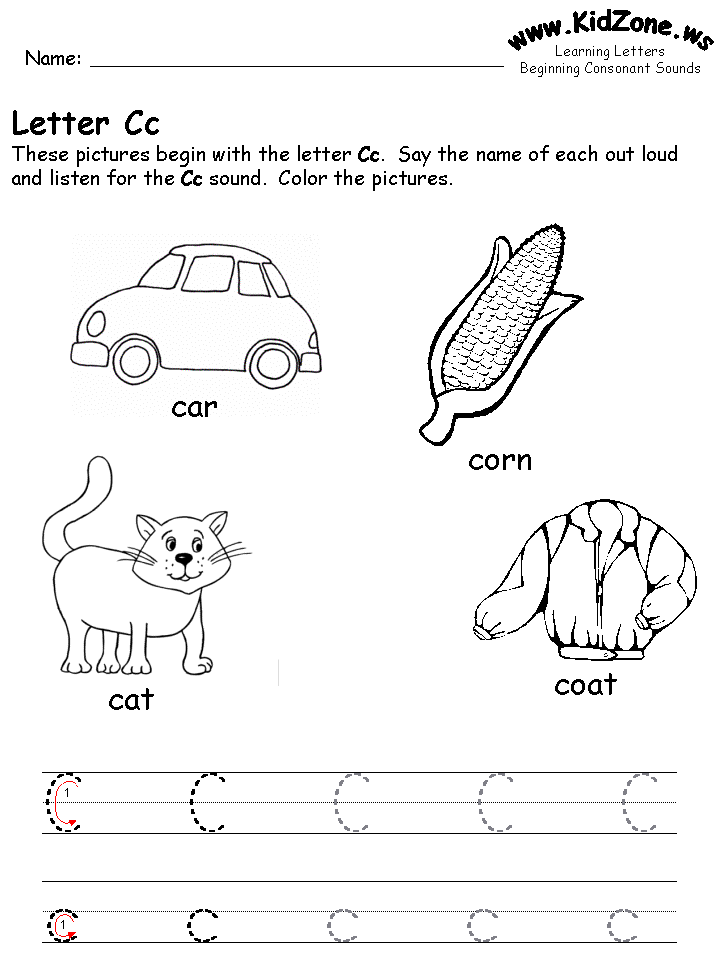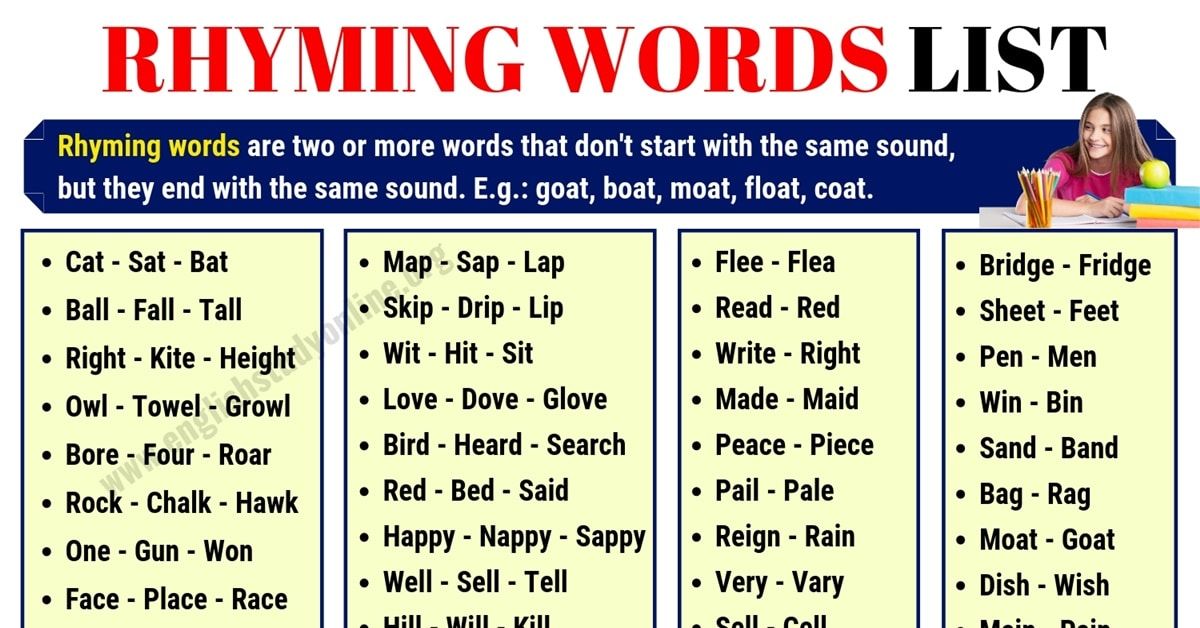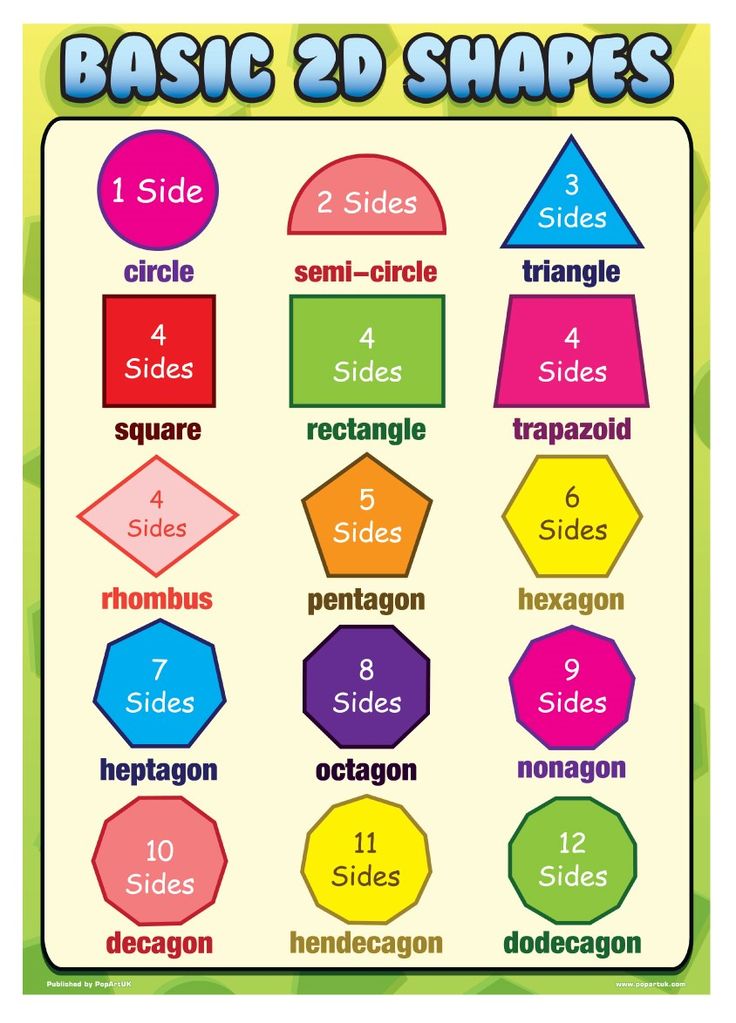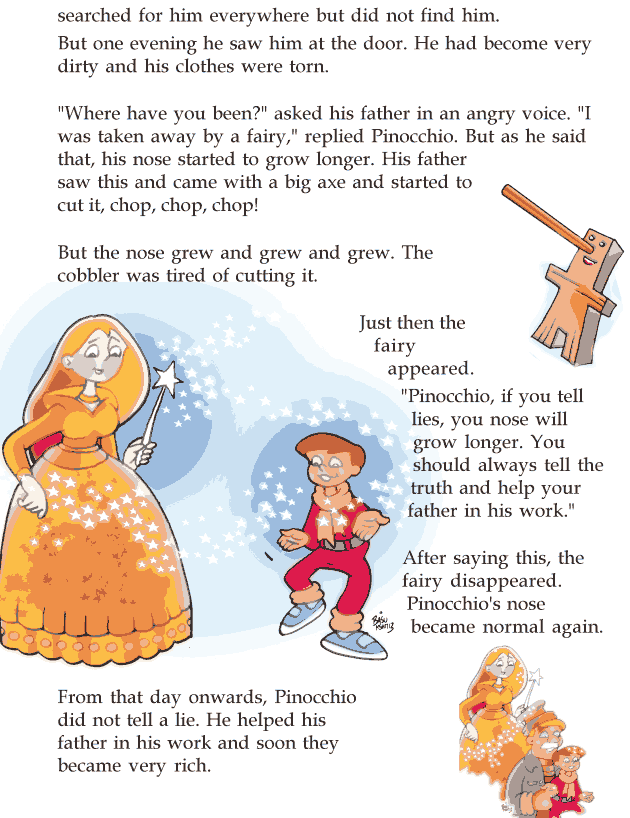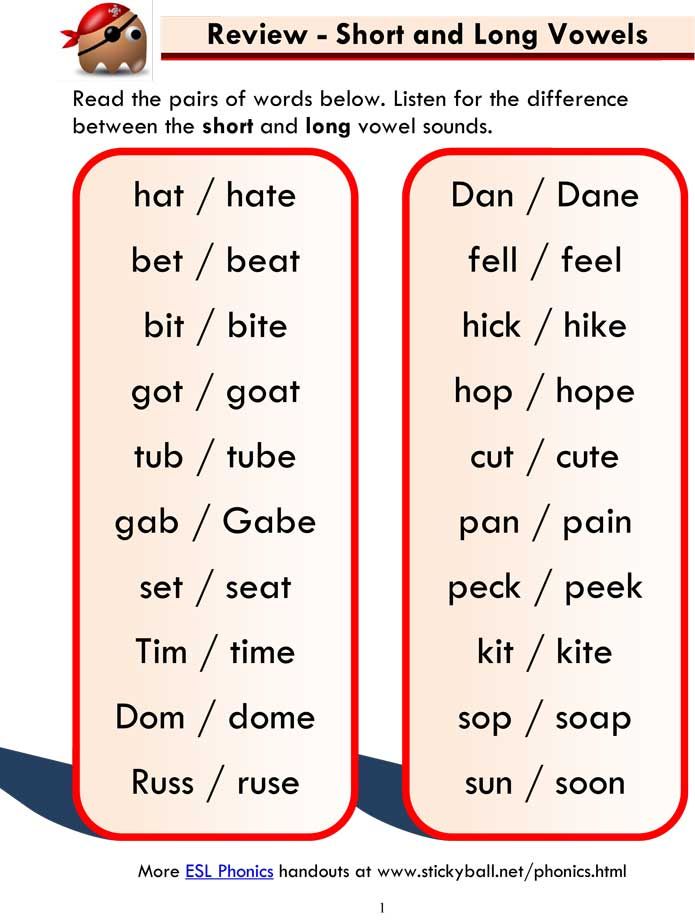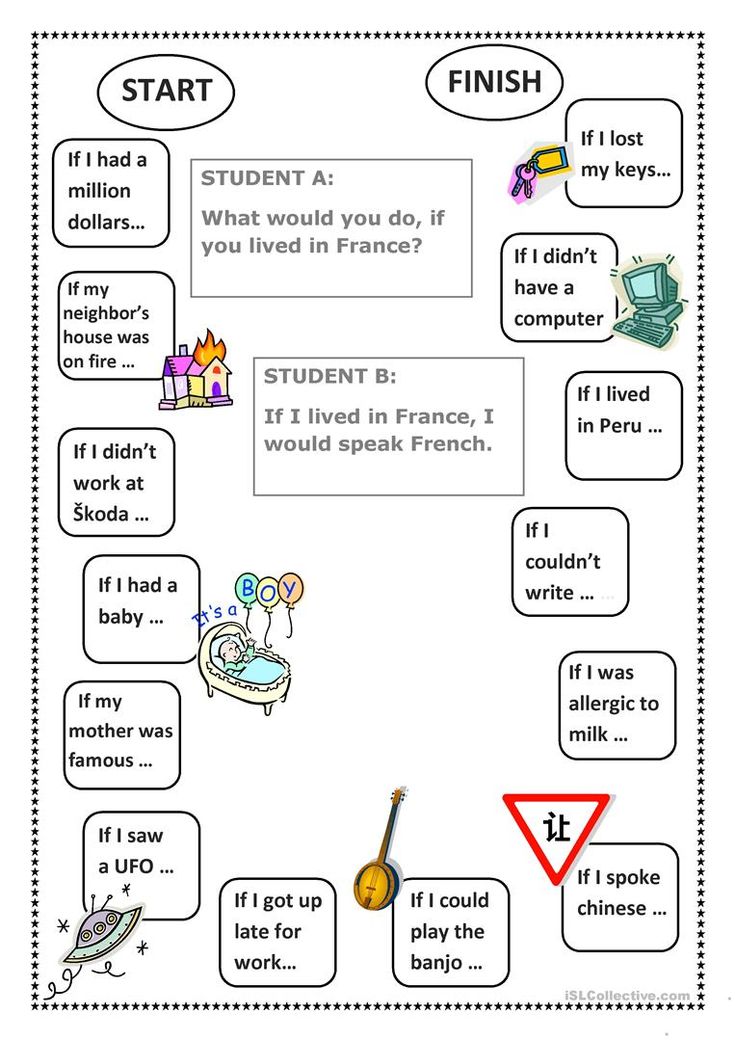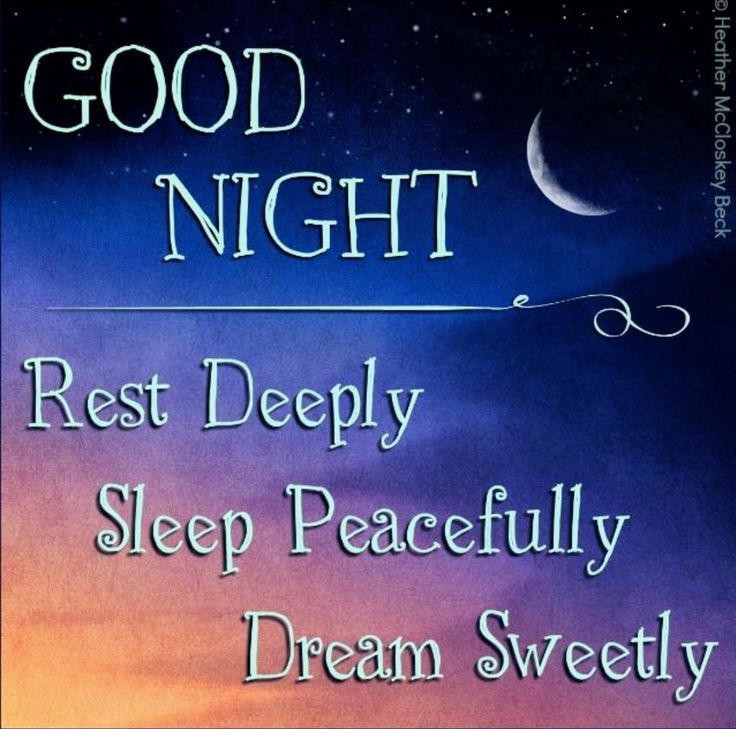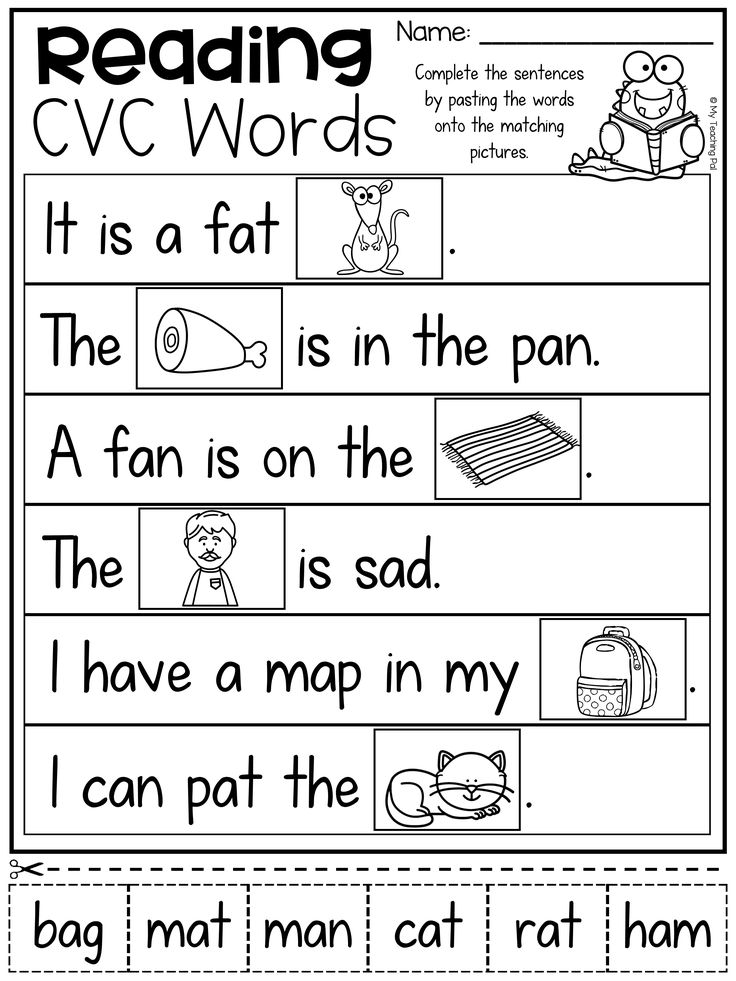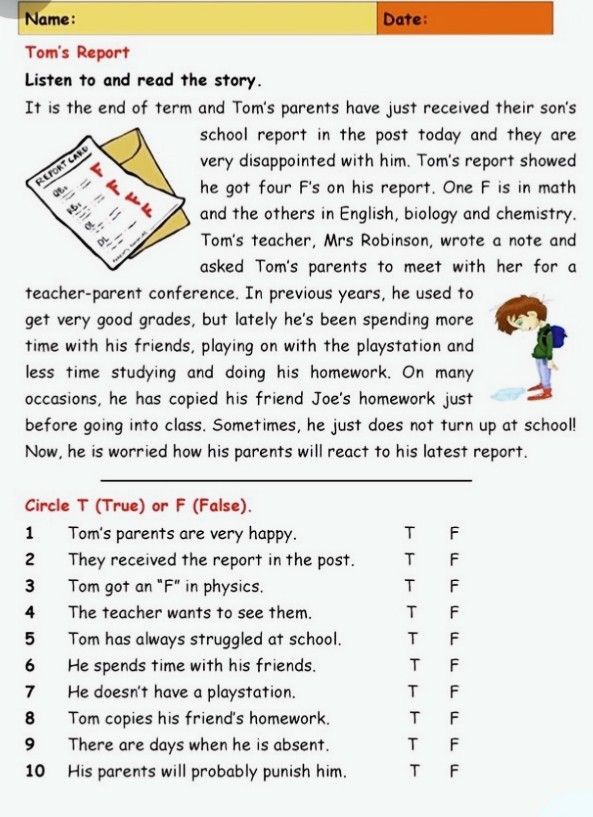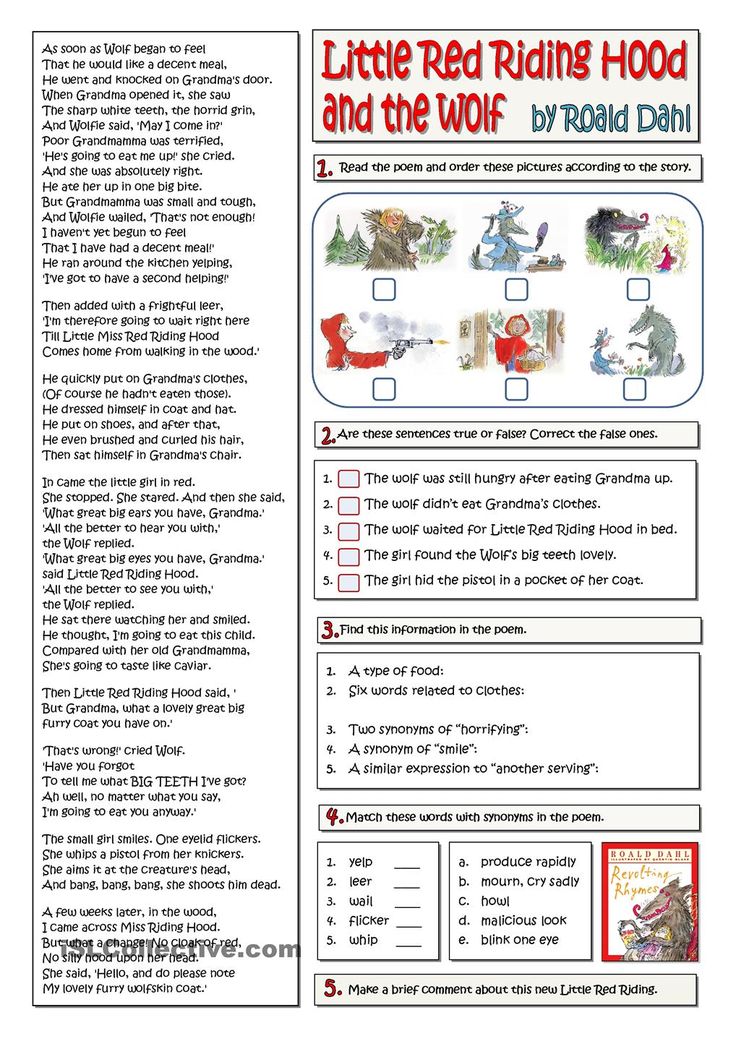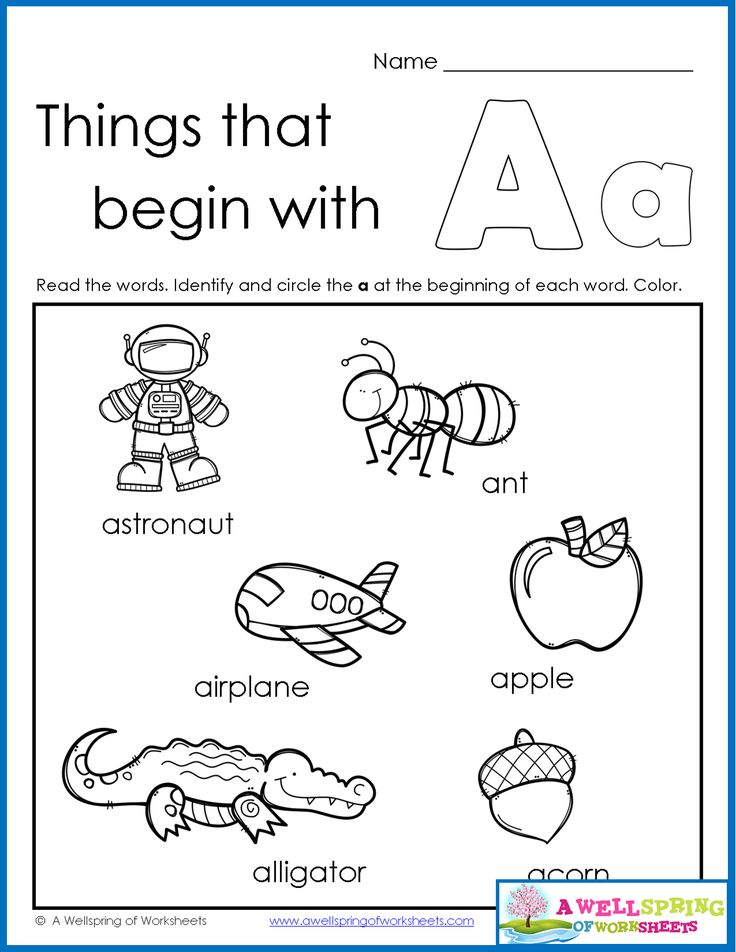Letter sounds for kindergarten
Beginning Sounds Activities for Kindergarten
Curriculum | Featured | Letters & Letter Sounds | Reading
When learning to read, there are many phonemic awareness and phonics skills students must master. Learning letter names, letter sounds, and beginning sounds is key in helping students quickly decode and read texts. To give your students the exposure and practice they need, check out these beginning sounds activities for kindergarten.
Why is it Important to Teach Beginning Sounds?
When teaching students to read, it’s important for them to understand that words are made up of letters and sounds. This knowledge helps them read and write more fluently.
Phonemic awareness and phonics skills are key in kindergarten. Phonemic awareness skills are when students understand that words are made up of various sounds. Phonics skills are what correlates the sound of a letter to the written letter itself.
Begin with teaching phonemic awareness skills so students learn to listen for and differentiate the sounds in words.
It can be tricky for students to hear the middle and ending sounds in words at first, which is why starting with beginning sounds is so effective.
Digital Beginning Sounds Activities
Since it’s important for students to first understand what beginning sounds are and learn to listen for them in words, you need a variety of beginning sounds activities for kindergarten for them to practice with.
A great way to engage your students is with interactive digital phonemic awareness activities like beginning sounds Boom Cards. These Boom Card decks give students a variety of opportunities to practice listening for the same beginning sounds in words.
Plus with audio directions, audio picture names, and the self-checking feature, your students will be able to work independently with success.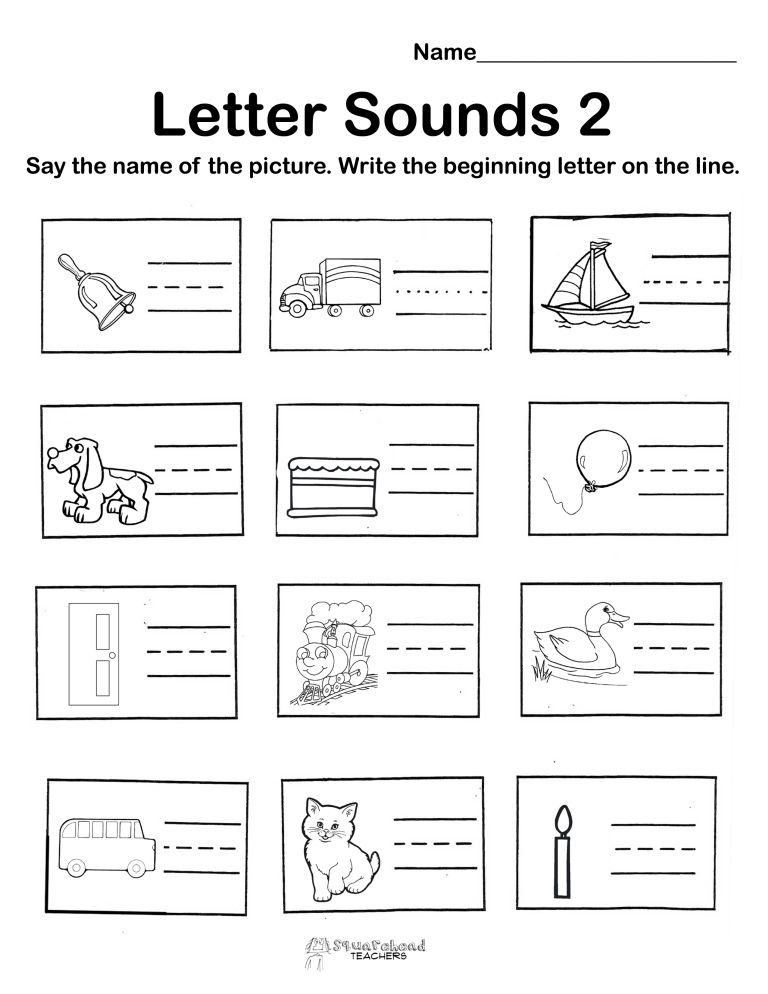
Hands-on Beginning Sounds Activities
Mastering beginning sounds takes a lot of practice and exposure. Therefore, you need a wide array of hands-on beginning sounds activities for kindergarten that your students can work with.
You can incorporate these hands-on activities into your morning tubs, literacy centers, or fast finisher activities. This is a great way to keep your students practicing their skills throughout the day.
Letter Sound Mats
One of my favorite ways to practice beginning sounds is with letter sound mats and magnetic letters. Students will say the picture name aloud, identify the beginning sound, and match the correct magnetic letter to the picture.
If you have a set of picture cards and magnetic letters, you can simply have students flip a card, identify the beginning sound, and match the letter.
Build the Sound Mats
Another great beginning sounds activity for kindergarten is build the sound mats. This activity allows students to identify the beginning sound in the picture and build the letter using manipulatives.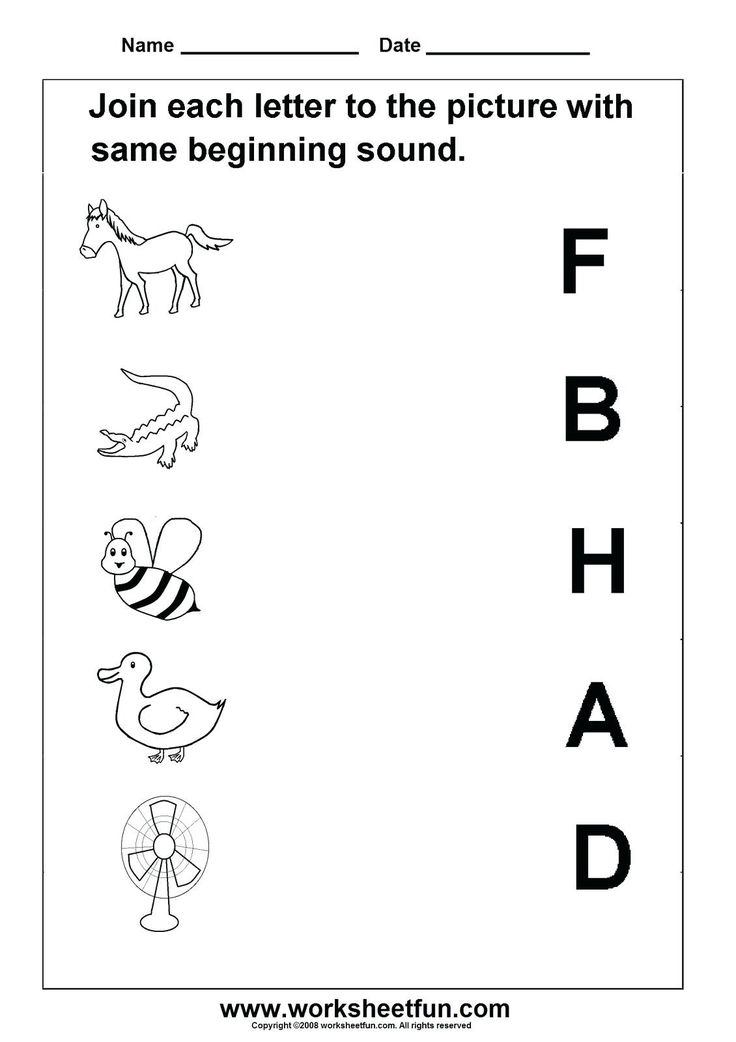
Students will get extra fine motor practice as they work on both phonemic awareness and phonics skills.
Beginning Sound Mazes
Another fun way to switch up the learning is to use beginning sound mazes with your students. As they cover the letters that make the focus sound on the mat, they’ll work their way through the maze.
This makes learning feel like a game for students, which is a sure way to keep them on task, engaged, and motivated.
If you loved these hands-on beginning sounds activities for kindergarten, you can grab them all plus more in my Beginning Sounds and Letter Sounds Bundle!
No Prep Beginning Sounds Activities
While using digital and hands-on beginning sounds activities is key, it’s also nice to keep a good stash of no prep activities on hand.
Add these no prep beginning sounds activities to your morning work, independent literacy stations, or keep them in a sub tub. They also make great time filler activities if you have a few minutes between activities.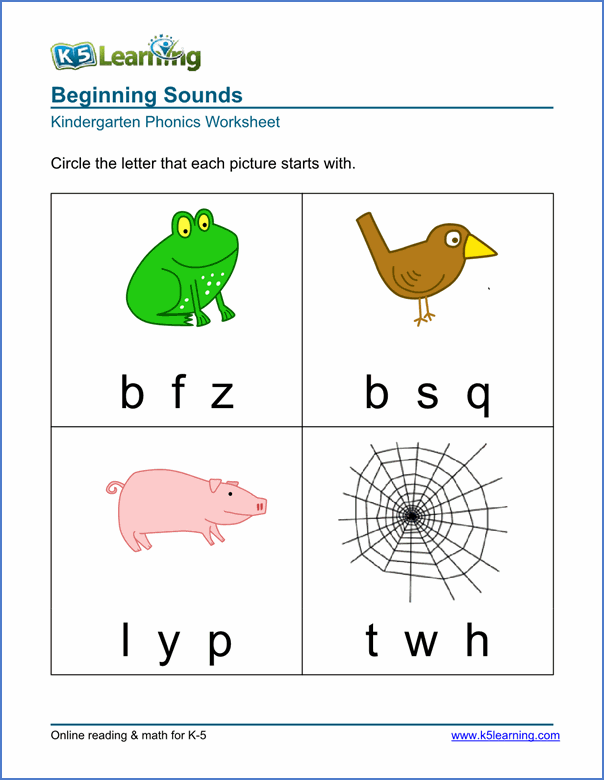
If you need a quick way to assess your students on beginning sounds, you can use these no prep activities as an informal assessment as well.
How to Assess Your Students on Beginning Sounds
As your students learn and grow their beginning sounds skills, you want to assess them frequently. This allows you to see which beginning sounds they are mastering and which sounds they need help with.
Using beginning sounds picture cards and a checklist is a great way to gauge your students’ understanding. You can monitor students quarterly, monthly, or every 2 weeks if they need more support.
Beginning Sounds Assessment Freebie
To make assessing your students on beginning sounds and letter sounds easy, I created an assessment freebie for you.
This freebie includes a beginning sounds assessment checklist and beginning sounds pictures. There is also a letter sounds assessment page and checklist to help you assess your students’ uppercase and lowercase letter sound recognition.
You can fill out the form below to get the beginning sounds and letter sounds assessment freebie sent directly to your inbox!
I hope these beginning sounds activities and assessments for kindergarten make learning more fun and effective in your classroom!
Post Tags: #beginning sounds#Freebies#letter sounds#literacy#literacy centers#reading
Similar Posts
Learning Letter Sounds
[Home] [Back] [Consonants Introduction] [Consonant Concepts] [Consonant - Order of Presentation] [General Consonant Activities] [Printable Activity Pages] [Itsy Bitsy Books] [Review Worksheets - Mixed Letters]
These worksheets include review sheets for Beginning Consonant Sounds and Ending Consonant Sounds. They were developed with Preschool and Kindergarten children in mind. They provide letter recognition, phonics and printing practice.
All children develop as individuals.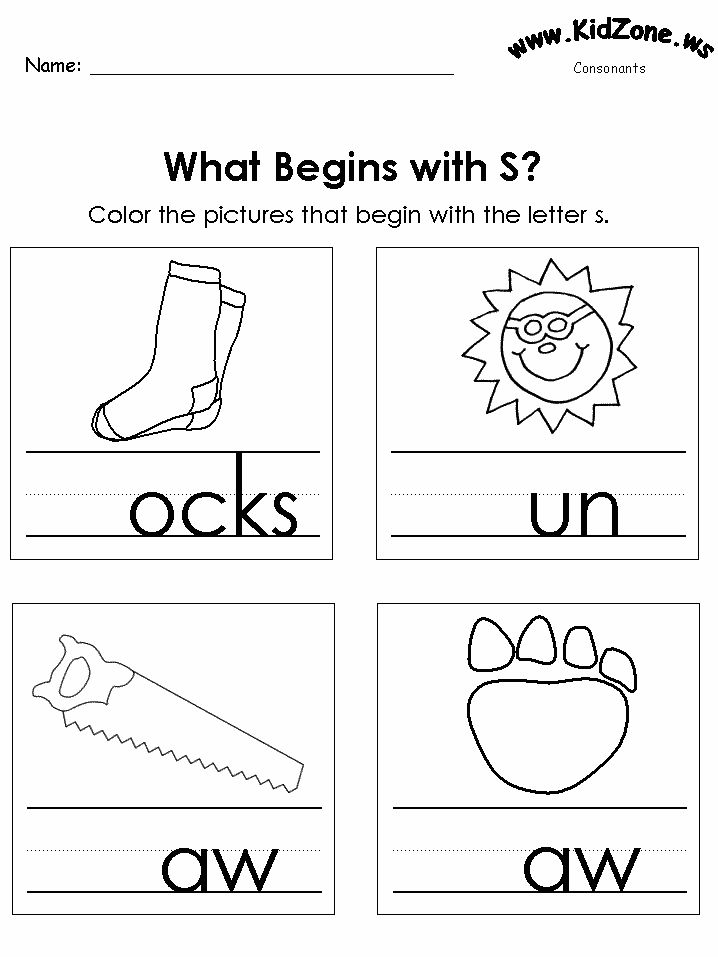 Parents and caregivers should use
the grade level ratings as a general guideline, taking the abilities, temperament and
interests of their children into account
Parents and caregivers should use
the grade level ratings as a general guideline, taking the abilities, temperament and
interests of their children into account
Beginning Consonants: Which letter does the picture start with?
| Farm Theme | Jungle Theme | Ocean Theme | Autumn Theme | Spring Theme |
Beginning Consonants: Print the letter the pictures start with the letter sound.
| Beginning Consonants Print the Letters 1 |
Beginning Consonants Print the Letters 2 |
Snack Time Print the Letters 3 |
Visit to the Zoo Print the Letters 4 |
|
| nutrition/food Print the Letters 5 |
furniture Print the Letters 6 |
body parts Print the Letters 7 |
clothing Print the Letters 8 |
animals Print the Letters 9 |
Ending Consonants: Which letter does the picture end with?
| Farm Theme | Jungle Theme | Ocean Theme | Summer Theme | Winter Theme |
Ending Consonants: Print the letter the pictures start with the letter sound
| Ending Consonants Print the Letters 1 |
Ending Consonants Print the Letters 2 |
Snack Time Print the Letters 3 |
Visit to the Zoo Print the Letters 4 |
|
| nutrition Print the Letters 5 |
ocean Print the Letters 6 |
animals Print the Letters 7 |
clothing Print the Letters 8 |
furniture Print the Letters 9 |
Visit DLTK's
Alphabuddies for printable crafts, coloring pages, felt board templates,
tracer pages and poems to supplement these letter recognition worksheets.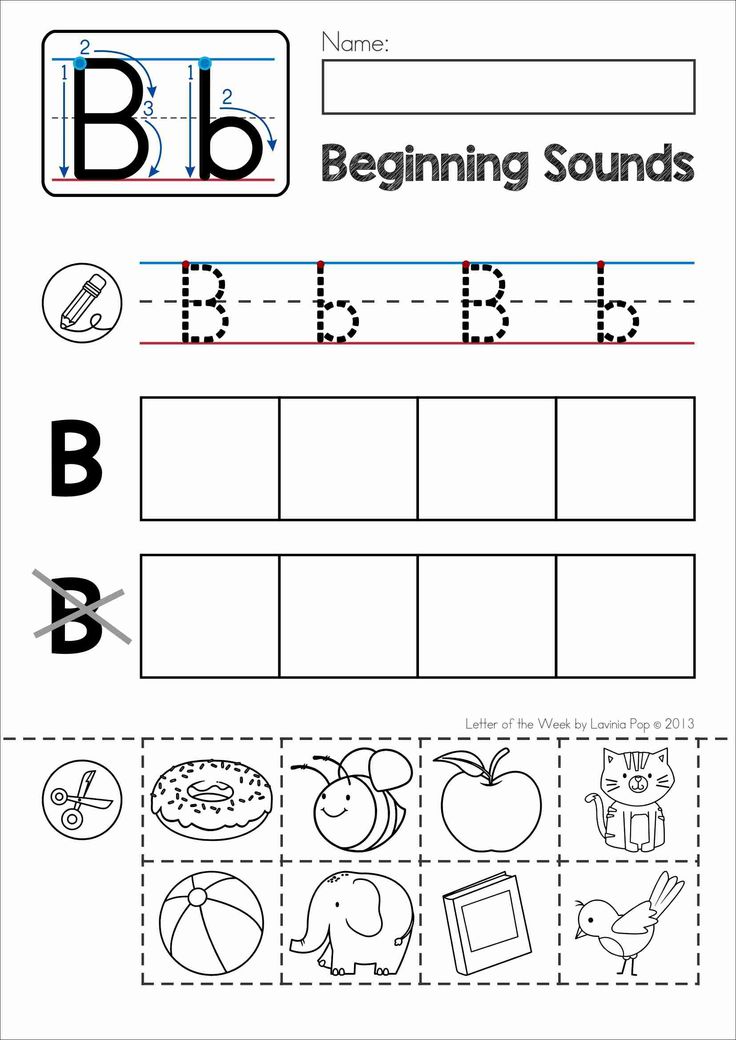
What are letters and sounds? - Kindergarten No. 220 JSC Russian Railways
Usually parents say that the child does not pronounce some letters! Unfortunately, parents do not always understand the difference between such concepts as “sound” and “letter”. These terms must not be mixed!
Sound is the smallest, indivisible unit of the speech stream perceived by the ear. There are 42 speech sounds in Russian.
The letters are graphic characters that represent speech sounds when writing. There are 33 letters in total. nine0003
We pronounce and hear sounds, we see and write letters .
For parents of children of primary and secondary preschool age, is enough if the baby remembers that the letter stands for the sound "P" and learns it like "P" and not "er", "L" and not "el" ”, “Sh”, not “sha”, etc.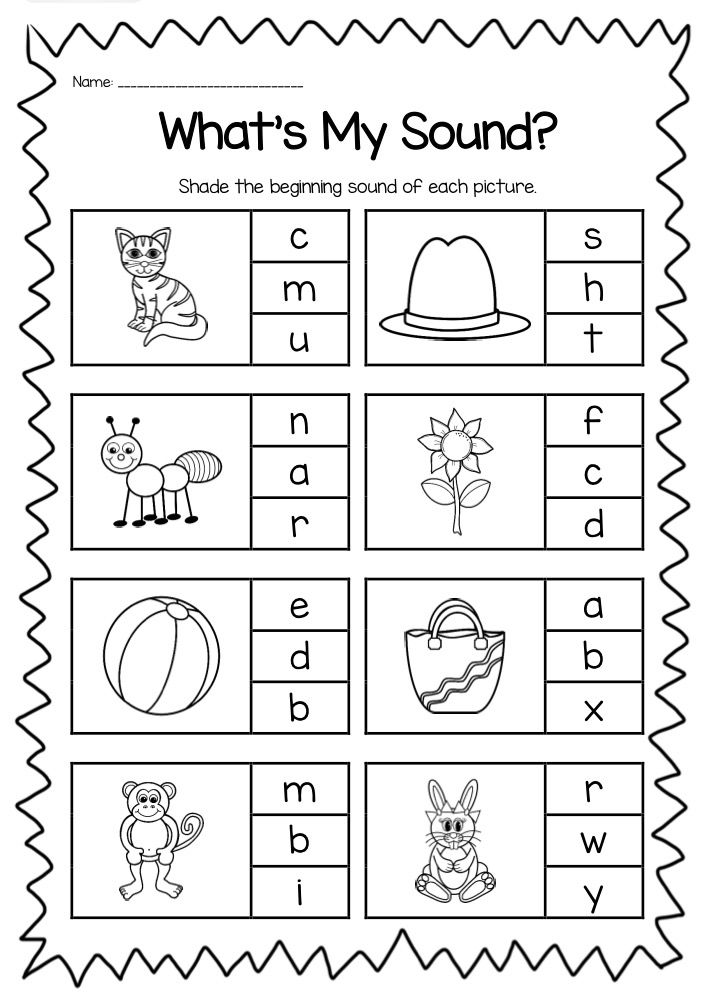
Parents, older preschoolers and first graders need to know much more about sounds and letters.
Sounds are divided into vowels and consonants. nine0006
Vowels - when they are pronounced, the air in the mouth passes freely without encountering obstacles. There are 10 vowels in Russian ( a, y, o, e, s, e, e. i, yu, and). There are only 6 vowels - [a], [o], [y], [i], [s], [e]. The fact is that the vowels e, e. yu, i in some positions denote 2 sounds:
e - [y'o], e - [y'e], y - [y'y], i - [y'a].
Vowel sounds are indicated by a red circle. Vowel sounds are neither hard and soft, nor voiced and deaf A vowel can be stressed or unstressed. Vowels form a syllable. There are as many syllables in a word as there are vowels.
Consonants sounds - when they are pronounced, the air in the mouth meets barriers formed by the tongue, teeth or lips.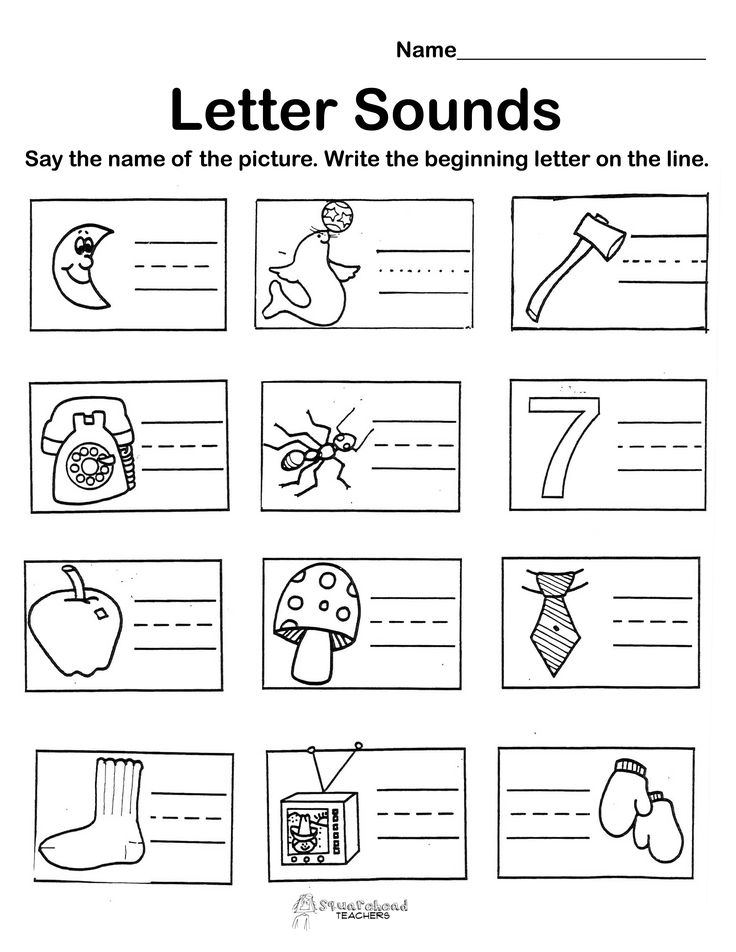
Consonants are :
- hard - are pronounced hard. Marked with a blue circle. For example: [p], [k], [d], etc.; nine0003
- soft - soft. Marked with a green circle.
For example: [p']= (p), [k']= (k), [d']= (d).
Most consonants have a pair of hardness-softness. For example: [b] - [b '], [t] - [t '], [l] - [l '], etc.
But there are consonant sounds that do not have a pair of hardness-softness. They are either always hard or always soft:
- always hard consonants - [w], [g], [c];
- always soft consonants - [h'], [u'], [y'];
- voiced consonants - pronounced with voice.
For example: [l], [p],. [d], [m], etc. To determine the voicedness, you need to put your hand to the "neck" and listen if there is a "bell".
- voiceless consonants - pronounced without voice.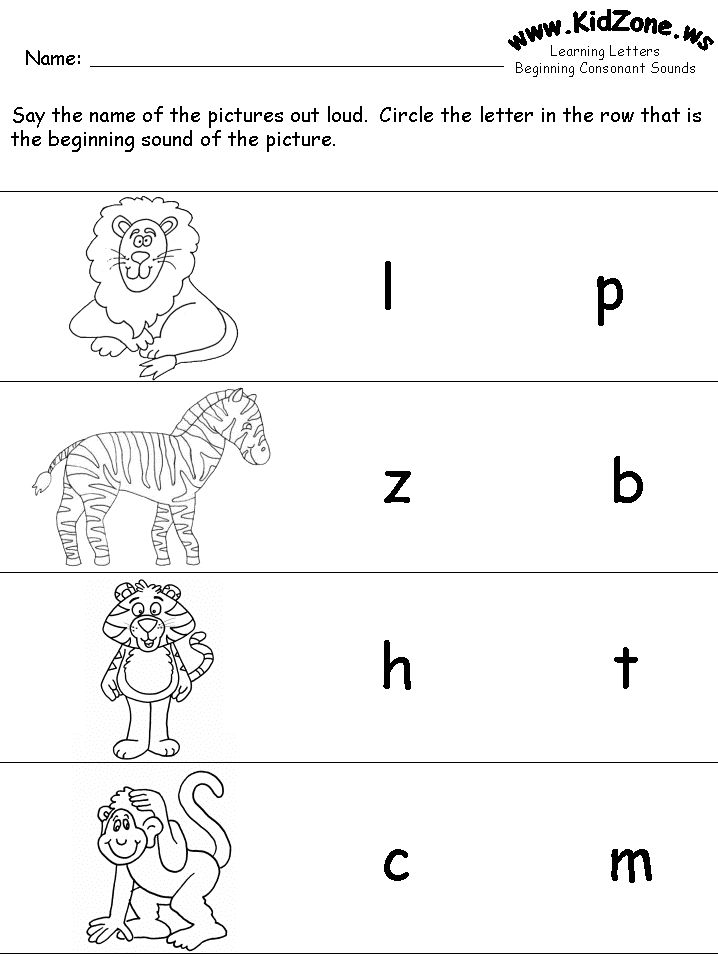
For example: [f], [x] [s], [p], etc.
But there are consonant sounds that do not have a pair of sonority - deafness. They are either always deaf or always voiced:
- always voiced - [th], [l], [l'], [m], [m'], [n], [n'], [p], [p'];
- always deaf - [x], [x'], [c], [h'], [u'].
It is necessary to clearly know and distinguish sounds and letters!
Abstract of a lesson on teaching children to read and write "Sound, letter, word" in the preparatory group of the kindergarten | Outline of a lesson on teaching literacy (preparatory group) on the topic:
Municipal budgetary preschool educational institution
“Center for Development of Child-Children's Garden No. 45”
City of Sarov Nizhny Novgorod regionSummary of teaching children literacy
“Sound, letter, word”
In the preparatory group of kindergarten
completed:
Educator
Olga Sergeevna Boriskova,
SARS City 2017.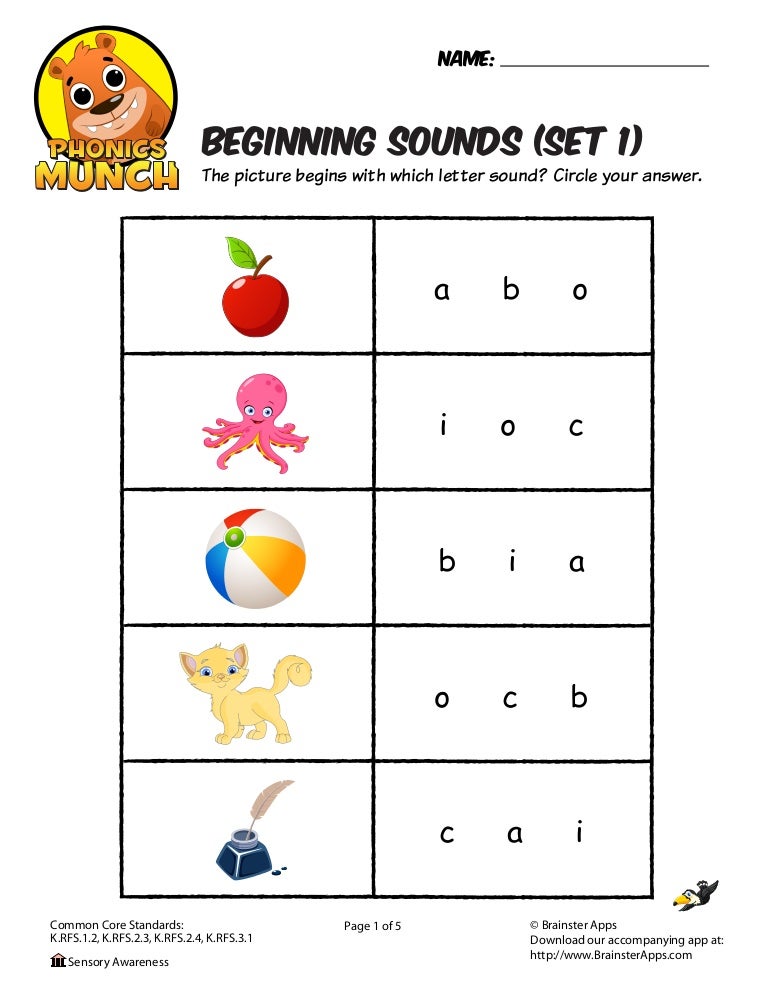
Program content:
Form the skill of recoil analysis. Improve phonemic awareness. nine0003
Continue to learn to divide words into syllables, read syllables with the letters passed.
Practice writing the learned letters.
Activate words in children's speech: sound, letter, syllable, word.
Develop graphic skills, self-control skills.
To cultivate independence in solving educational problems. Cultivate a friendly attitude towards each other in the process of joint activities
Material: a teremok with letters, an image of a Bear made of letters, cards with an outline image of letters, red and blue chips, a set of letter circles, pencils, pictures
Activity:
Game "Teremok" (sounds)
- I invite you to play the game "Teremok".
There is a teremok in the field, a teremok,
It is not low, not high, not high (they walk in a circle)
And the sound M lives in this teremka (the teacher sits down)
- What other sounds live in the teremka?
Children who named any sound sit down.
- Who lives in our house?
- Sounds.
- And what helps us hear sounds? nine0003
- Ears.
- Do I have such a little house where they live ..?
- Letters.
- You said that we hear sounds, but we… letters?
- We see.
- Guys, why do you think this room is red?
- Vowel sounds live here.
- Why is this blue one?
- Consonants live.
- That's right, guys. They lived together and loved visiting each other. The letter K went to the letter A, and they met in this window. What happened? nine0003
- KA.
- What is KA?
- Syllable.
- Dima, come, make friends with any letters. (2-3 children)
….
- Well done guys, you got different syllables. And from syllables, what can be made up?
- Words.
- Please think of words that begin with the sound MI.
- ... Bear ...
- This is what an unusual bear came to you (Show picture). What is unusual about it?
- It consists of letters (children name letters).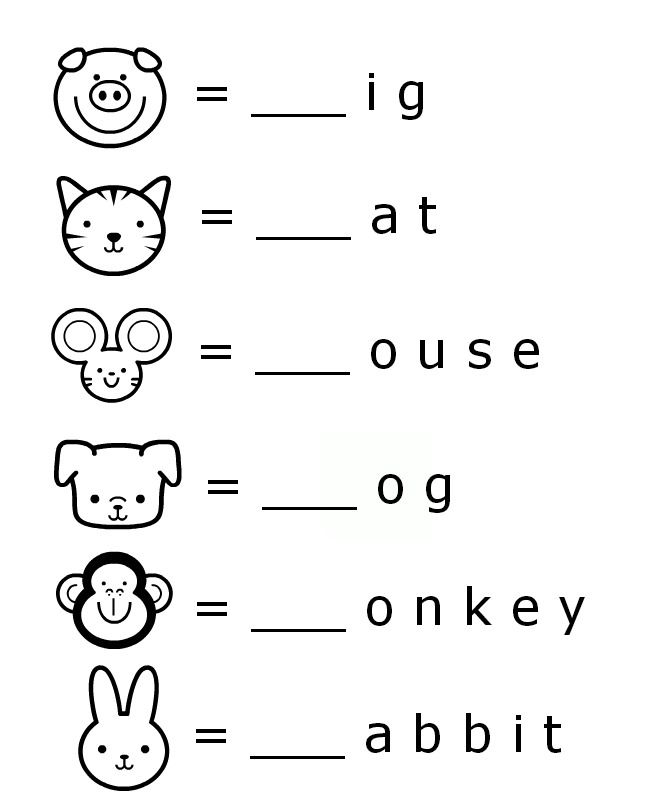 nine0003
nine0003
- Well done, Mishka named all the letters, and he wants to play with you.
(The game “Sound, syllable, word”)
- “When I name the sound, you will sit down. Slogan - get up. The word is - get up and raise your hands "
Attention: A K M A O WINDOW DU SUMMER F H E CE TABLE
Well done, guys, carefully listened to Mishka, sit down at the tables.
- The bear says that you are so smart, you named all the letters, heard sounds, syllables, words, and he prepared another task for you, where you need to guess the letters and circle them. nine0003
(Guess and circle game)
- Guys, Mishka and I are playing and playing, but we forgot to get to know each other. What's his name? Listen, he will tell you himself.
- U-M-K-A (children guess the word by sounds)
- Umka.
- Umka, and the guys can write your name (lay out red and blue chips, discuss why the red or blue chip)
- And Dasha can even write your name in letters (writes on the board)
- Guys, what else you can write, show or depict Mishutka's name.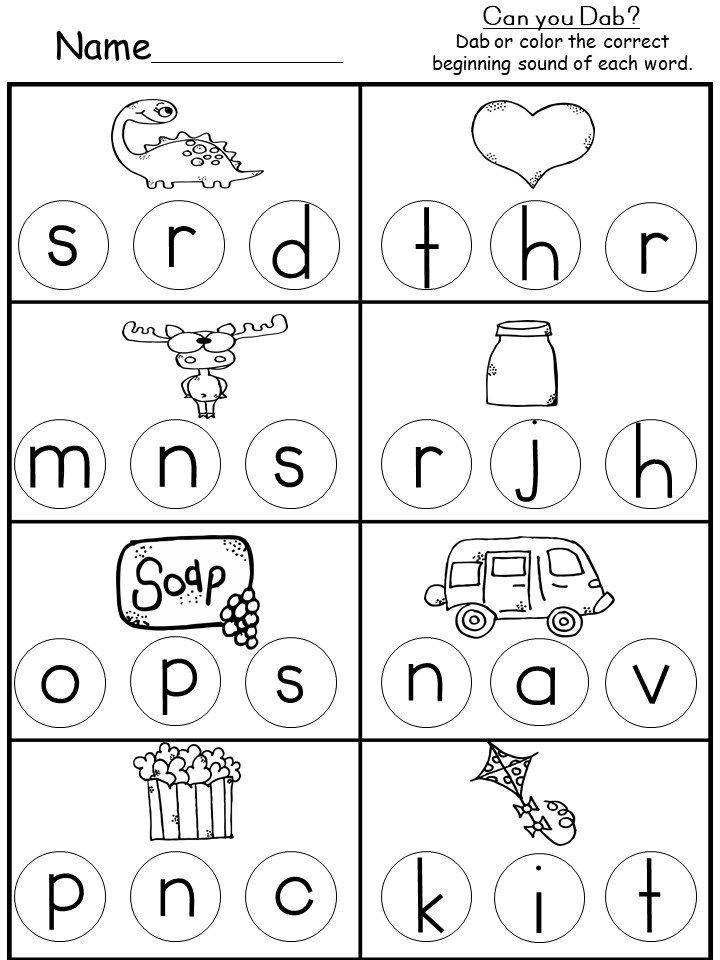 nine0003
nine0003
(children offer different options for the image of letters)
- Guys, how many syllables are in the word UMKA?
- Two.
- How did you know?
- …
Guys, let's treat our guest Umka. What do bears like to eat?
- ...
- Come up and select the cards, then take those pictures with 3 syllables in the name to the large basket, 2 syllables to the middle one, 1 syllable to the small one.
(children do the task)
- It's time for Umka to go home. Where does he live? nine0003
- In the forest, in the lair...
- Guys, what time of the year is ahead?
- Winter.
- What does a bear do in winter?
- Asleep. And why?
-…
- Right. Let's tell him about what he will not see in the winter.
(Children lay out the words: snow, sled, skis, lump, ice, ice rink, snowdrift, fur coat, frost, Christmas tree, skates)
- Alya, what word did you get? Make up a sentence with this word.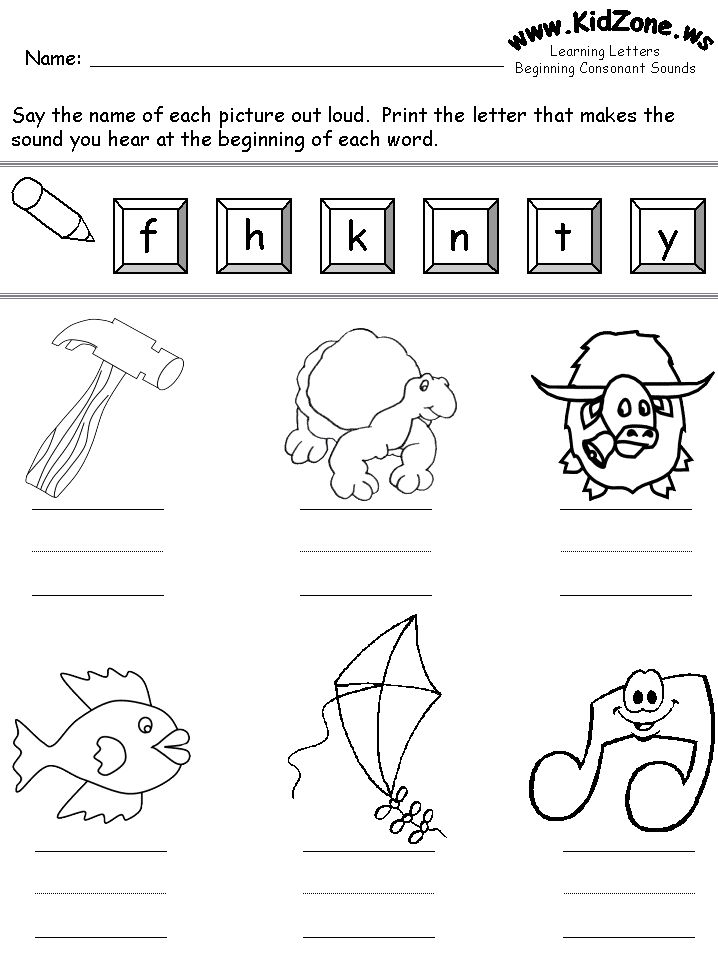
(Other children perform the task in the same way). nine0003
- I really liked Umka visiting us. Let's draw him a memory of friends who will consist, like him, of what?
- Lit.
- Or maybe sounds?
- No, we see letters and hear sounds.
- Think about who you will draw and from what letters.
- …
References
- L.E. Zhurova, N.S. Varentsova, N.V. Durova, L.N. Neva. Teaching preschoolers literacy. Methodical manual edited by N.V. Durova. - M.: "School Press", 2004
- E. A. Pozhelenko "The Magical World of Sounds and Words". M., "Vlados", 2009.
- TA Tkachenko "Development of phonemic perception and sound analysis skills". St. Petersburg, "CHILDHOOD-PRESS", 2008
Didactic materials:
- N.V. Durova, L.N. Neva. Let's play with words. - M.: "School Press", 2006
- N.V. Durova, L.N. Neva. From word to sound. - M.: "School Press", 2006
- N.V. Durova, L.
